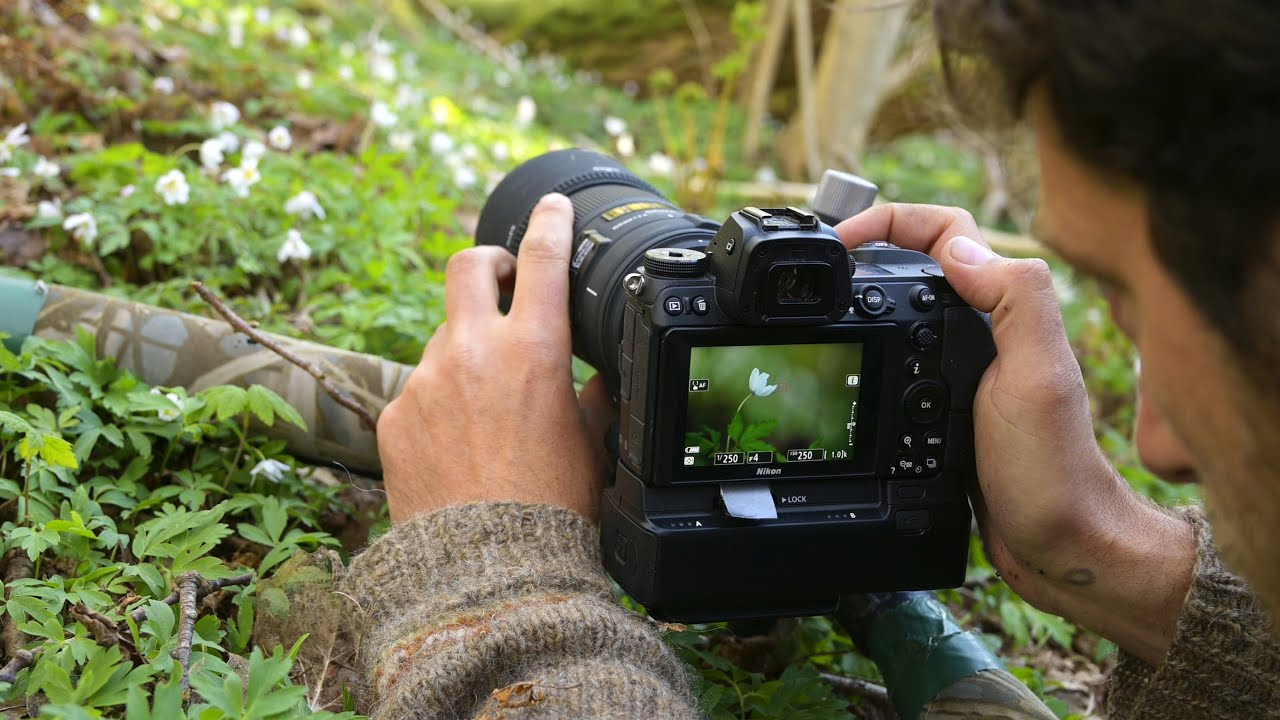
Beetles and crawlers, flowers and leaves, everywhere and in every season: the world of small things fascinates with its incredible wealth of colors and shapes. The fascination of macro photography is due, among other things, to the fact that we cannot perceive the tiny natural wonders with the naked eye, or only to a very limited extent. Fortunately, photography offers a variety of optical options. We have some tips for special macro photos.
1. Calm background, brilliant foreground
The more reduced and plain the background, the clearer the main motif appears.
Background plays an important role in macro photography. Small, colorful, sharply depicted objects such as insects and butterflies are particularly effective in front of a uniformly colored, blurred surface. The photographic “laws of nature” help: A long or large focal length and an open aperture ensure perfect blurring in the background. Speaking of lenses: The best close-up images are created with a special macro lens, for example with a 100 millimeter focal length.
2. Thin sections, bright images
Light from behind makes thin slices of onions, citrus fruits and other fruits and vegetables shine wonderfully.
Fruit, vegetables and Co. can be wonderfully staged as macro motifs. The basic principle is simple: Everything that can be cut very thinly and which then has a certain degree of light permeability is suitable for these recordings. Examples are the onion and especially citrus fruits like lemons and oranges. In addition to a tripod, all you need is a surface that is illuminated from below to place the panes on – for example a glass table. Incidentally, such images are also possible with high-quality smartphones.
3. Optical accents, drop by drop
Drops of water on a colored leaf create an interesting “structure on the structure”.
Drops of water bring life to every macro photo and make the surfaces of leaves and flowers that are already interesting in themselves appear even more interesting. Because the drops act like small magnifying glasses that partially enlarge the leaf structure and thus provide an additional image layer. You can take such macro pictures outdoors as well as easily stage them yourself at home. A lamp and, if necessary, a professional brightener in the form of a photo reflector are usually sufficient for lighting.
4. Action photos with butterfly, bee and Co.
Photographing insects in flight is not easy, but practice makes perfect. Just experimenting is a lot of fun.
A butterfly or a bumblebee on the flower – this classic photo can often be seen. It is more exciting to photograph the small flying objects in action. You definitely need a telephoto lens for this. The autofocus should be set to the so-called tracking mode, in which the focus adjustment constantly readjusts the subject. In addition, set the exposure time to at least 1 / 2000th of a second or less. And now it’s time to go out into the garden, park or forest: there you will find what you need for a great macro action shot – a small, colorful, flying main subject. We wish you every success.

